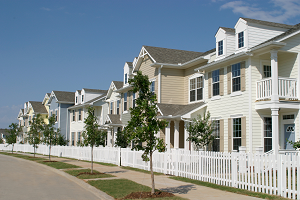 This is a question that arises now and again. A condominium gets approved with FHA and then a borrower has difficulty obtaining a loan because the FHA concentration is above 50%.
This is a question that arises now and again. A condominium gets approved with FHA and then a borrower has difficulty obtaining a loan because the FHA concentration is above 50%.
Such is the case with one of the condominiums we helped to get recertified last year. The loan officer sent an email to the property manager stating that the FHA concentration was 75% and inquired if she knew that. She then contacted me concerned that this was a problem and asked for an explanation.
Here is my reply:
FHA “concentration” means the percentage of units that are encumbered with FHA financing. According to FHA’s site, 75% of the units in the condominium are financed with FHA loans. FHA allows up to 50% of the units to be financed with FHA loans but allows exceptions for projects that meet the following criteria:
- The project has at least four (4) units. YES
- The project is 100 percent complete and construction has been completed for at least one year, as evidenced by issuance of the final or temporary/conditional certificate of occupancy for last unit conveyed; YES
- 100 percent of the units have been sold and no entity owns more than 10 percent of the units in the project; YES
- The project’s budget provides for the funding of replacement reserves for capital expenditures and deferred maintenance in an account representing at least 10% of the budget; YES
- Control of the Homeowners Association has transferred to the owners; YES
- The owner-occupancy ratio is at least 50 percent. YES
- The exception terminates with the expiration of the current project approval.
According to these criteria, the condominium qualifies for the exception. As such, FHA will allow up to 100% of the units to be encumbered with FHA financing.
However, standard procedure does not apply once the concentration surpasses the 50% mark. FHA Case Numbers cannot be assigned using the FHA Connection system.
[A Case Number is the tracking device that HUD uses for all FHA loans and a loan cannot be processed without one.]
The lender must contact the jurisdictional Home Ownership Center (HOC) to be granted the exception and acquire the Case Number. In this case, the HOC is in Philadelphia; the lender should know who to contact there.
Please let me know if you have any questions about this or if I can help facilitate the loan approval.
Top Photo Credit: (c) Can Stock Photo / kenhurst







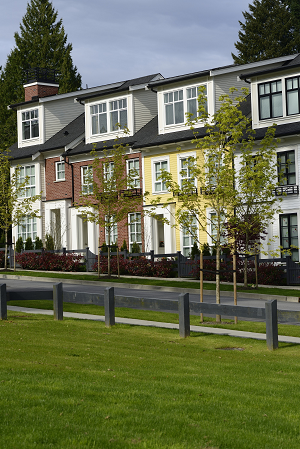 In February, we were contacted by a unit owner in a 6-unit condominium in Chicago. His condominium’s FHA approval was due to expire in June. He had read my article about FHA concentration and had some questions. After speaking to me, he said that he wanted to hire us to handle the recertification.
In February, we were contacted by a unit owner in a 6-unit condominium in Chicago. His condominium’s FHA approval was due to expire in June. He had read my article about FHA concentration and had some questions. After speaking to me, he said that he wanted to hire us to handle the recertification. We are currently processing a 2-year FHA recertification for a small 6-unit condominium. It was approved with FHA in June of 2013 so it should be a piece of cake, right? Well, maybe not…
We are currently processing a 2-year FHA recertification for a small 6-unit condominium. It was approved with FHA in June of 2013 so it should be a piece of cake, right? Well, maybe not… This may be one of those cases where FHA makes internal changes to its guidelines for condominium project approval and doesn’t tell anyone, which sometimes happens. We who submit condominiums for FHA project approval often don’t learn about such internal changes until we submit a project that gets rejected for a reason that we have NEVER heard of.
This may be one of those cases where FHA makes internal changes to its guidelines for condominium project approval and doesn’t tell anyone, which sometimes happens. We who submit condominiums for FHA project approval often don’t learn about such internal changes until we submit a project that gets rejected for a reason that we have NEVER heard of. Probably the most under-utilized purchase loans for condominium units are those insured by the USDA. Like the VA and FHA, the USDA Rural Development (RD) program is a home loan insurance that allows the financing of condominium units.
Probably the most under-utilized purchase loans for condominium units are those insured by the USDA. Like the VA and FHA, the USDA Rural Development (RD) program is a home loan insurance that allows the financing of condominium units.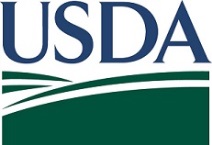
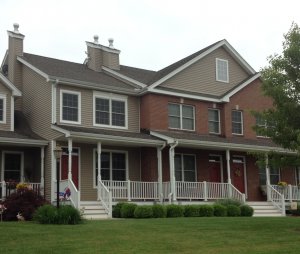 It was also announced that any area that was deemed a Rural area as of 9/30/2014 will remain eligible until 9/30/2014. Currently, only the areas that transitioned from ineligible to eligible are available on the map. The USDA noted that a preview of the complete map (including the areas that will become ineligible) will be available for preview during the summer, ahead of the 9/30/14 changes.
It was also announced that any area that was deemed a Rural area as of 9/30/2014 will remain eligible until 9/30/2014. Currently, only the areas that transitioned from ineligible to eligible are available on the map. The USDA noted that a preview of the complete map (including the areas that will become ineligible) will be available for preview during the summer, ahead of the 9/30/14 changes.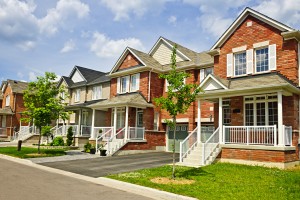 Recently, I received a call from a developer in California who asked me at what point during construction is a condominium eligible for an FHA condominium project approval. She has a condominium approved for development by the city but ground had not been broken as of yet. She said that she had spoken with other project consultants and FHA and had received conflicting information.
Recently, I received a call from a developer in California who asked me at what point during construction is a condominium eligible for an FHA condominium project approval. She has a condominium approved for development by the city but ground had not been broken as of yet. She said that she had spoken with other project consultants and FHA and had received conflicting information. Last week a loan officer contacted me regarding a loan he had in process. At the 11th hour, the lender was rejecting the conventional (Fannie Mae) loan based on the association’s contribution to the reserve account. According to the underwriter, the association was contributing less than 10% to the reserve account; the contribution was $6,400 short by their calculations.
Last week a loan officer contacted me regarding a loan he had in process. At the 11th hour, the lender was rejecting the conventional (Fannie Mae) loan based on the association’s contribution to the reserve account. According to the underwriter, the association was contributing less than 10% to the reserve account; the contribution was $6,400 short by their calculations.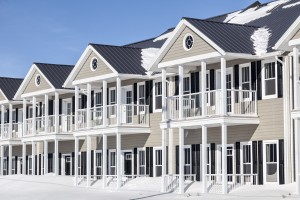 This tough winter in the northeast is sure to impact condominium associations’ budgets. From experience, condominium associations don’t typically budget for exceptionally bad winters but, rather, they estimate based on an average of previous years. What happens when their winter expenses exceed the budget and how would this impact their ability to get certified with FHA?
This tough winter in the northeast is sure to impact condominium associations’ budgets. From experience, condominium associations don’t typically budget for exceptionally bad winters but, rather, they estimate based on an average of previous years. What happens when their winter expenses exceed the budget and how would this impact their ability to get certified with FHA?